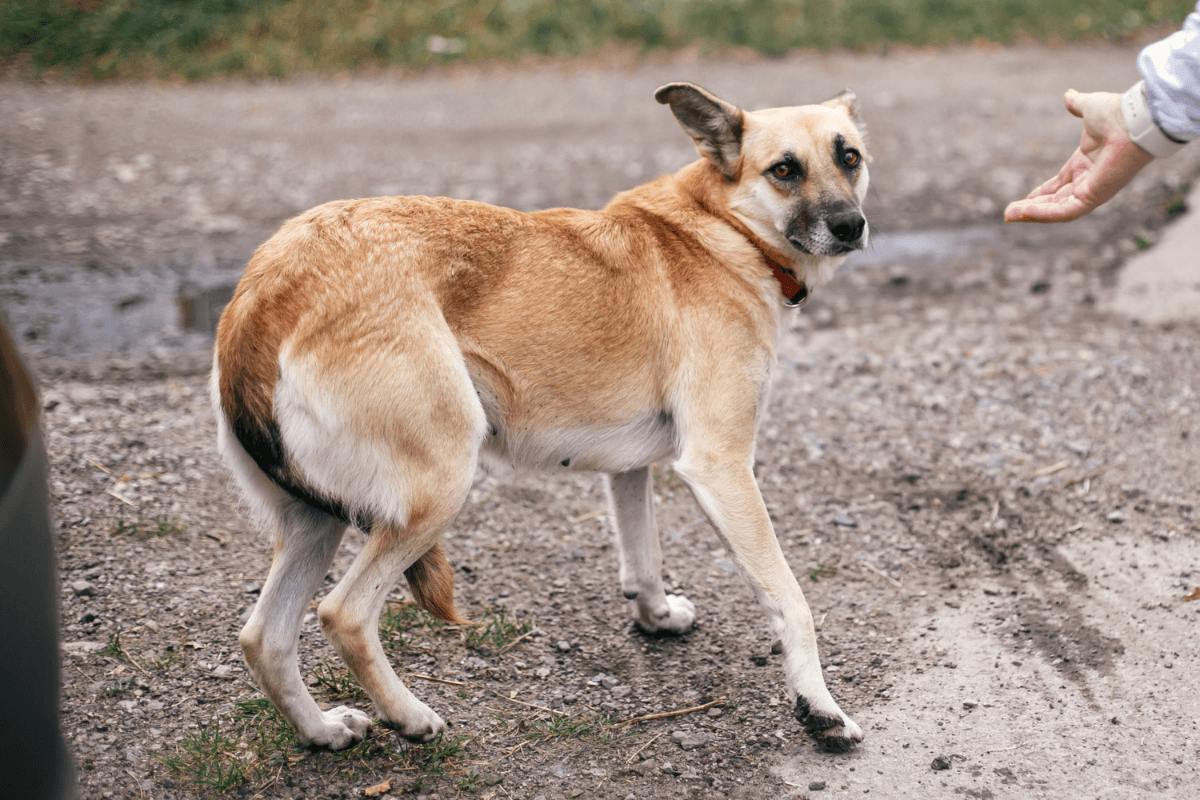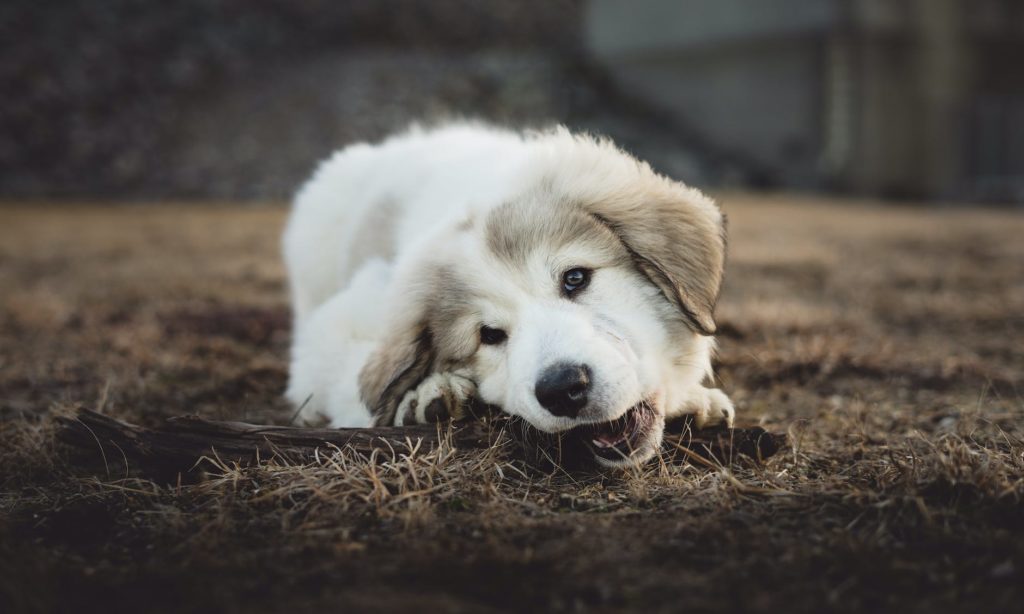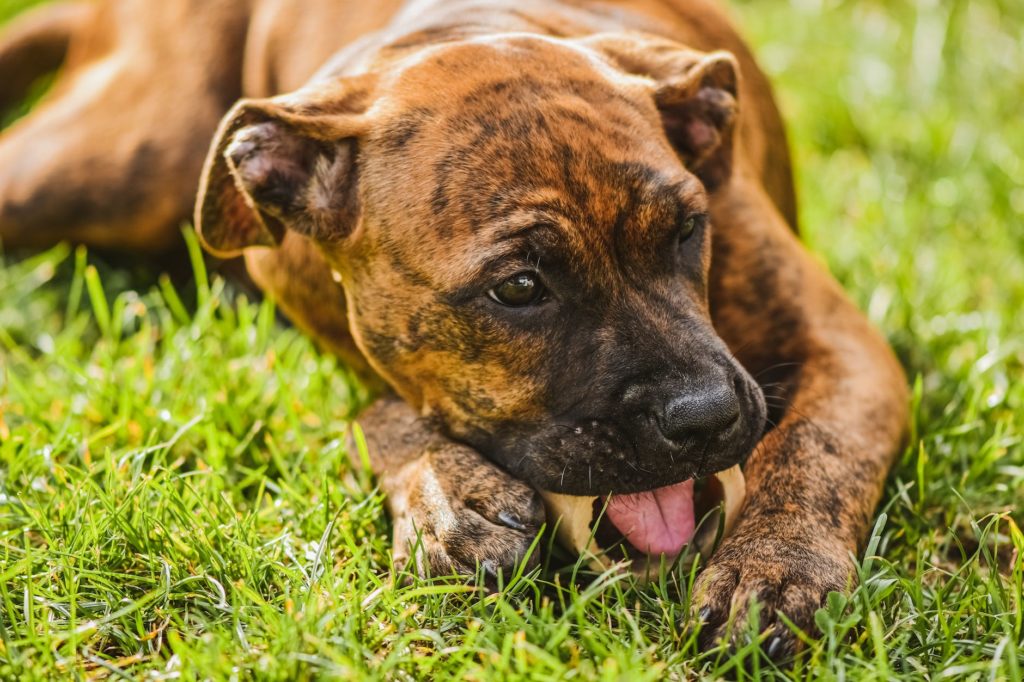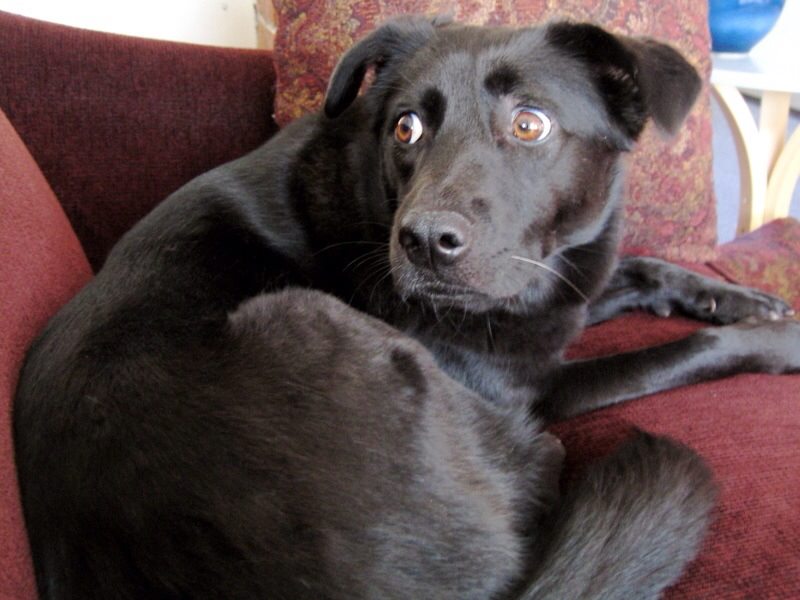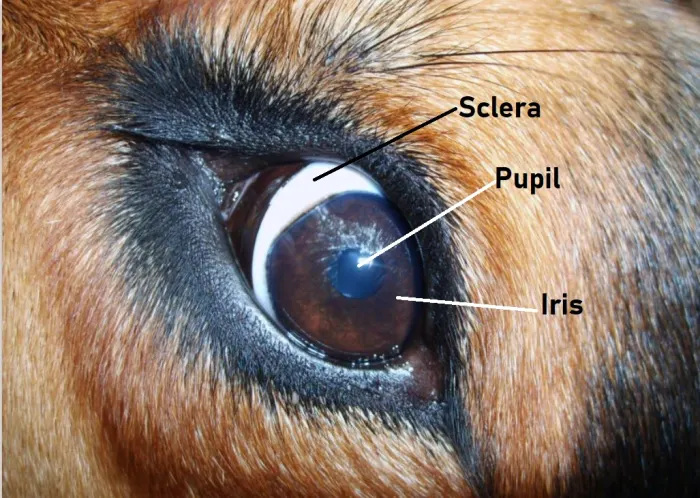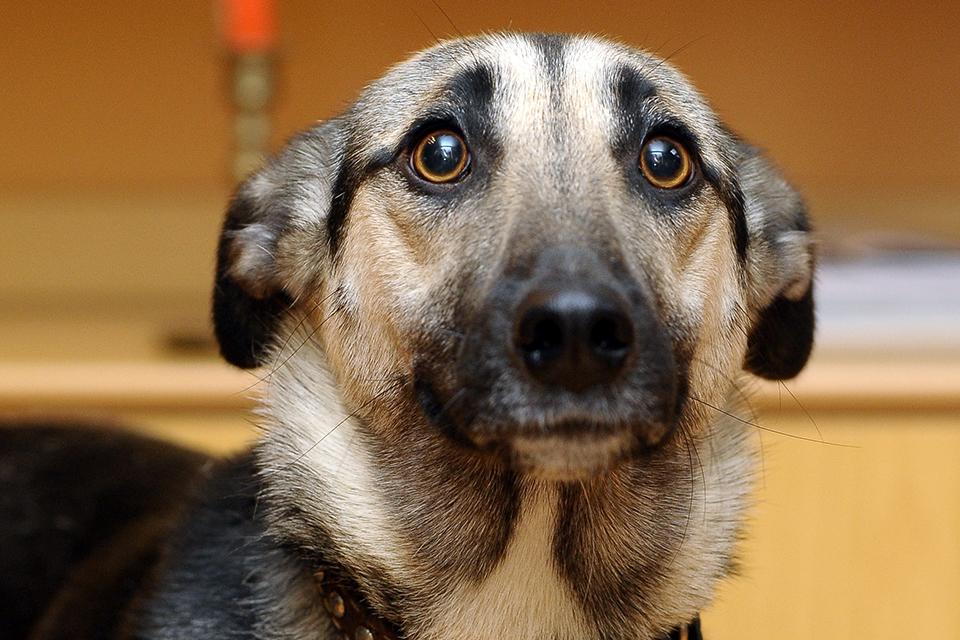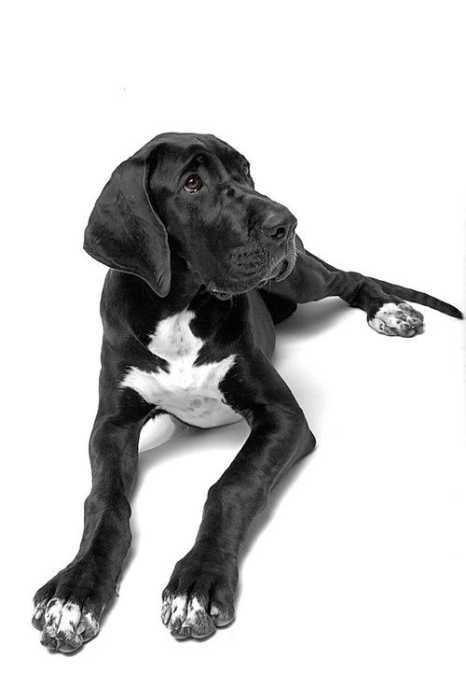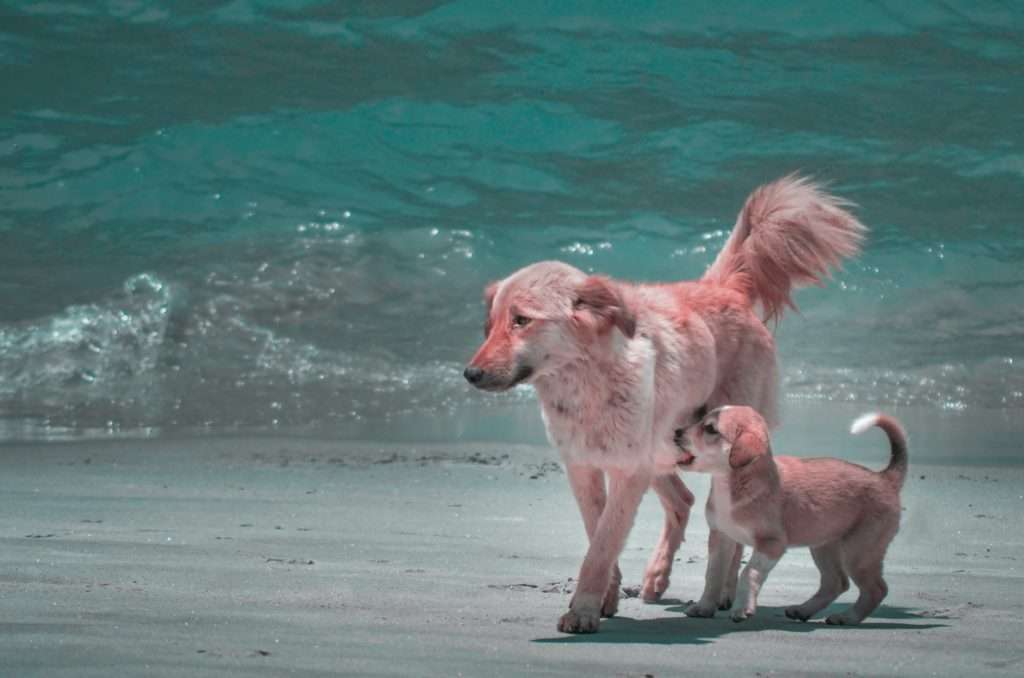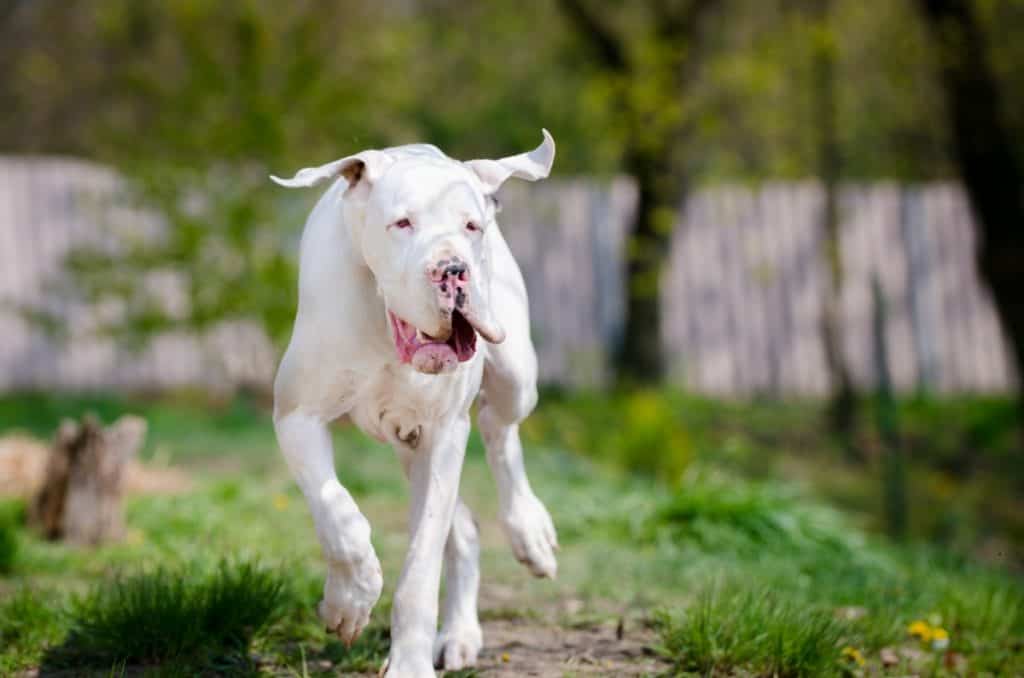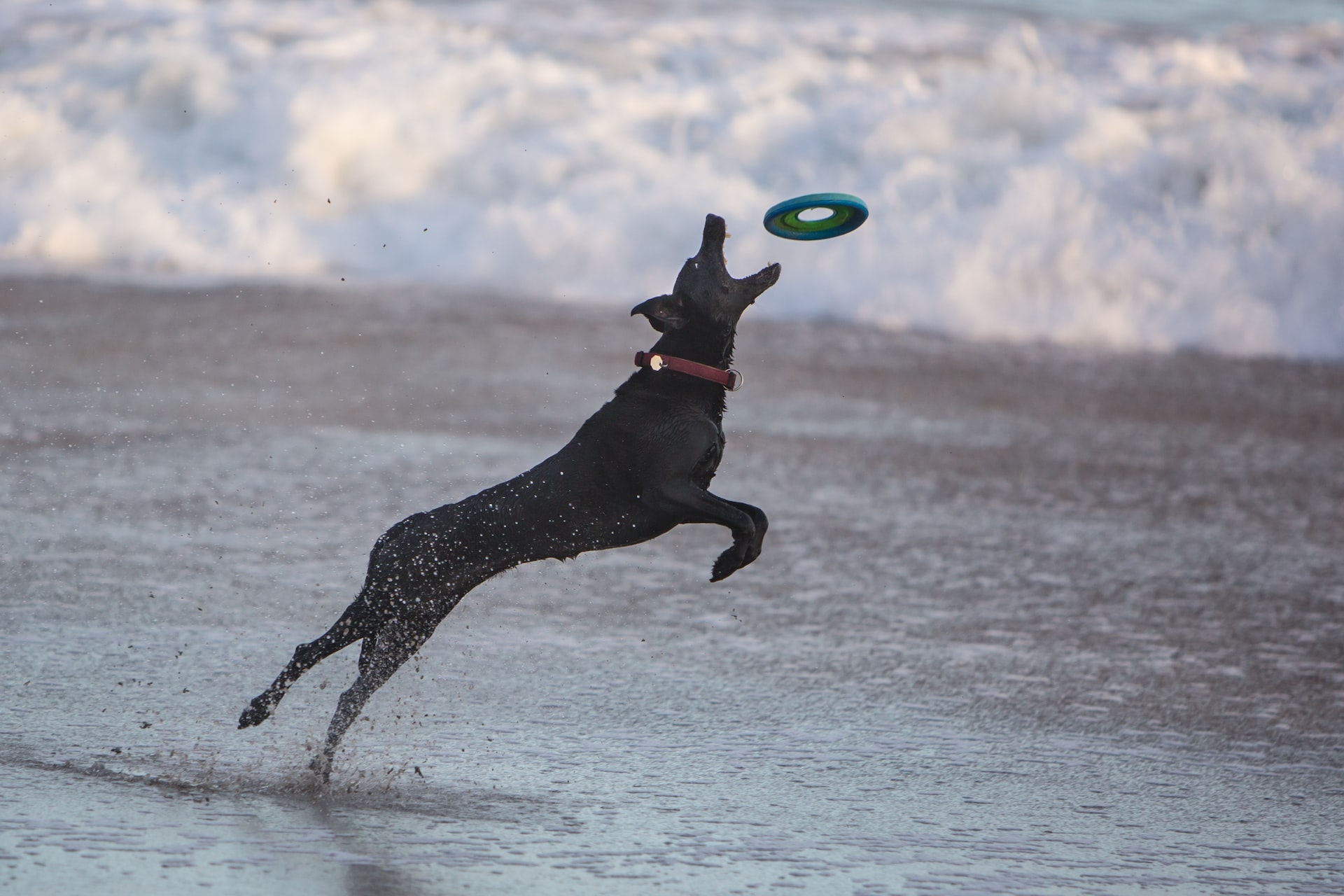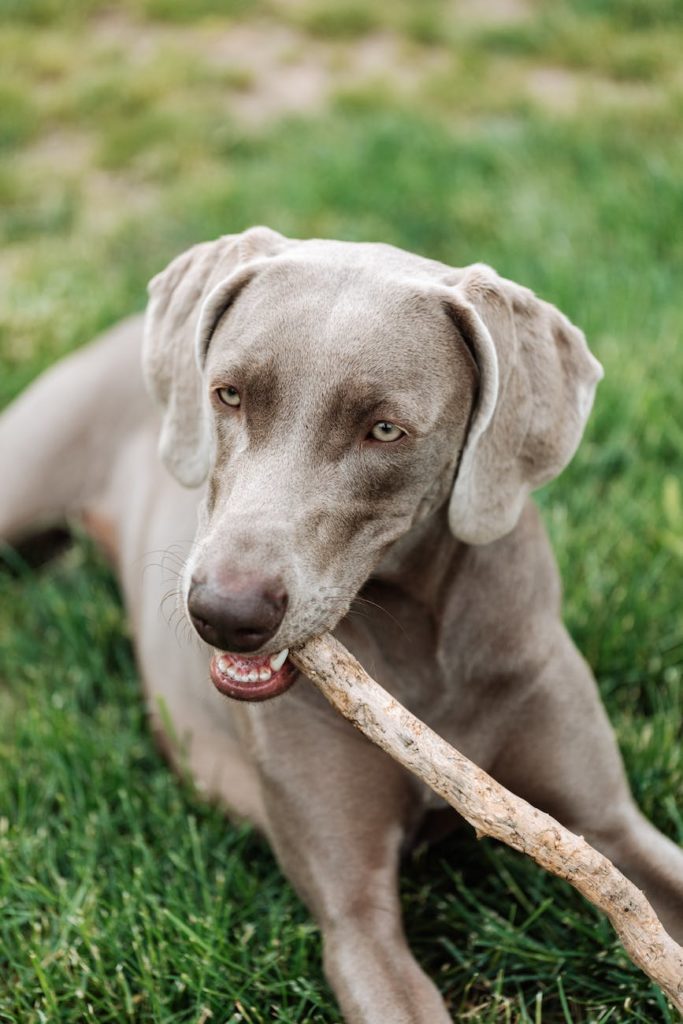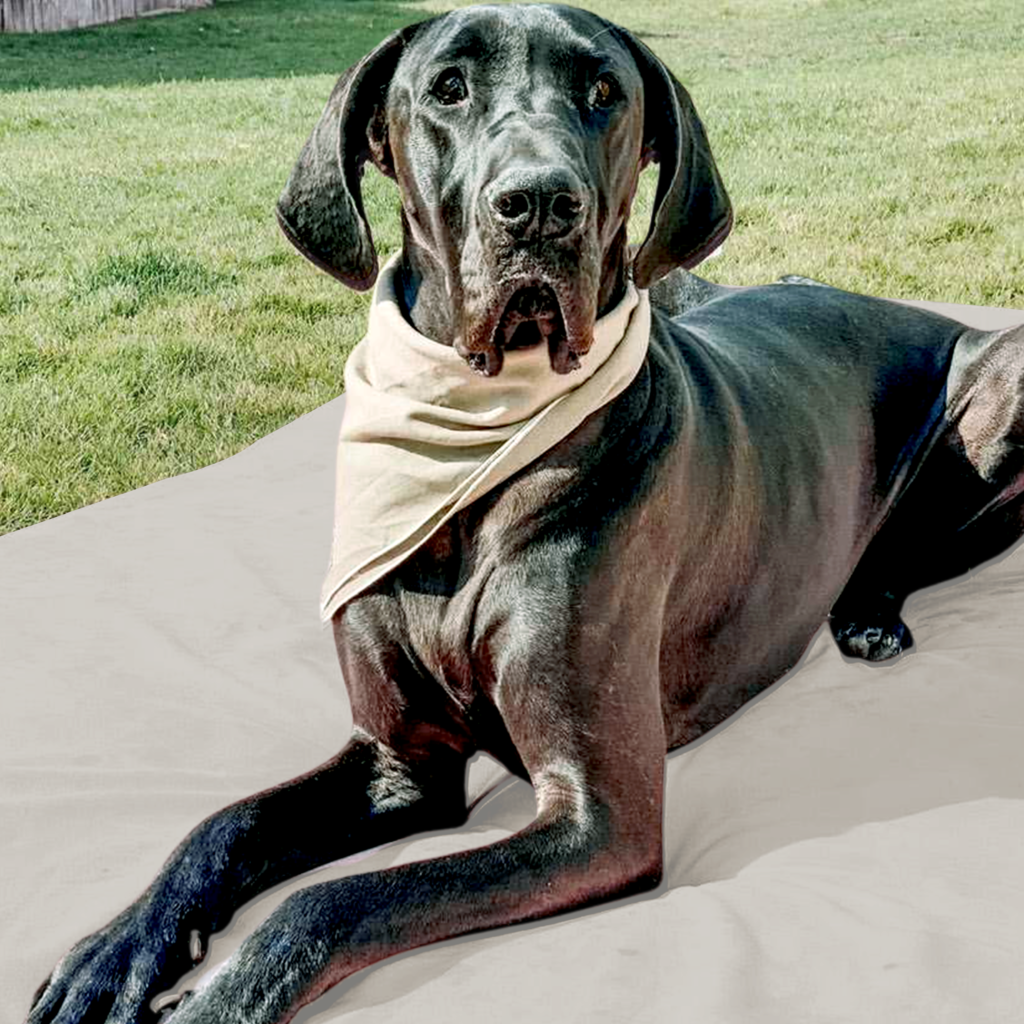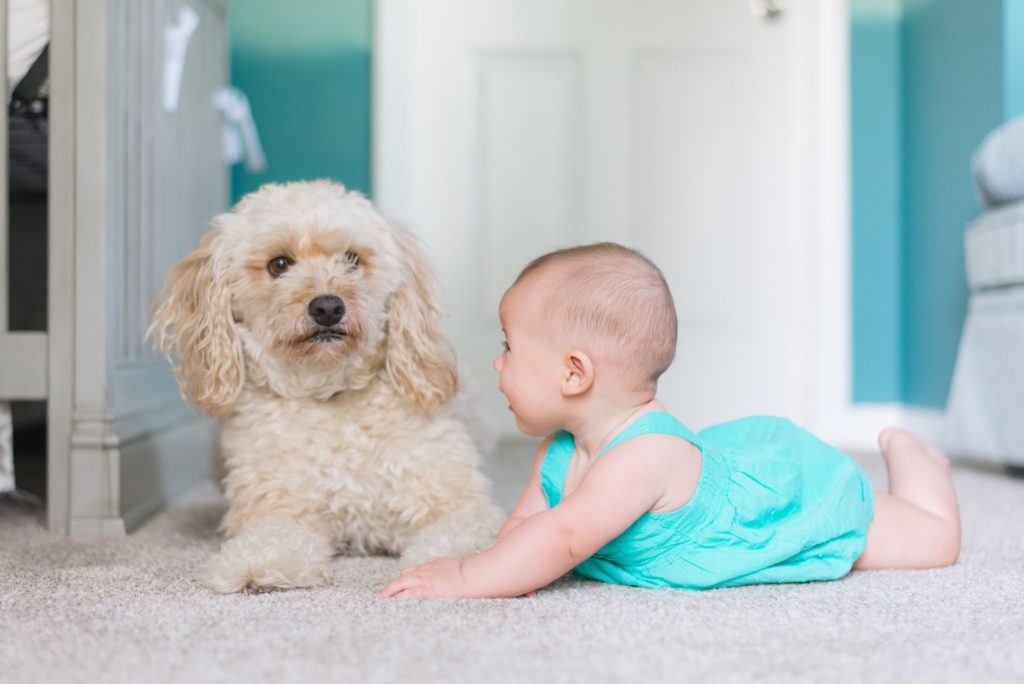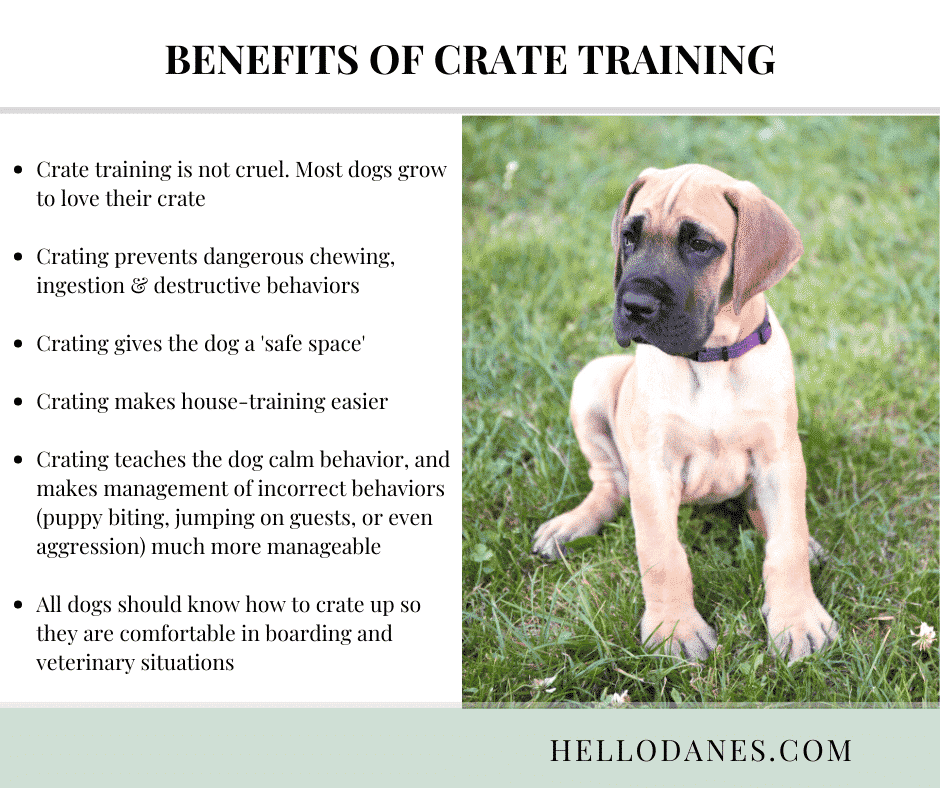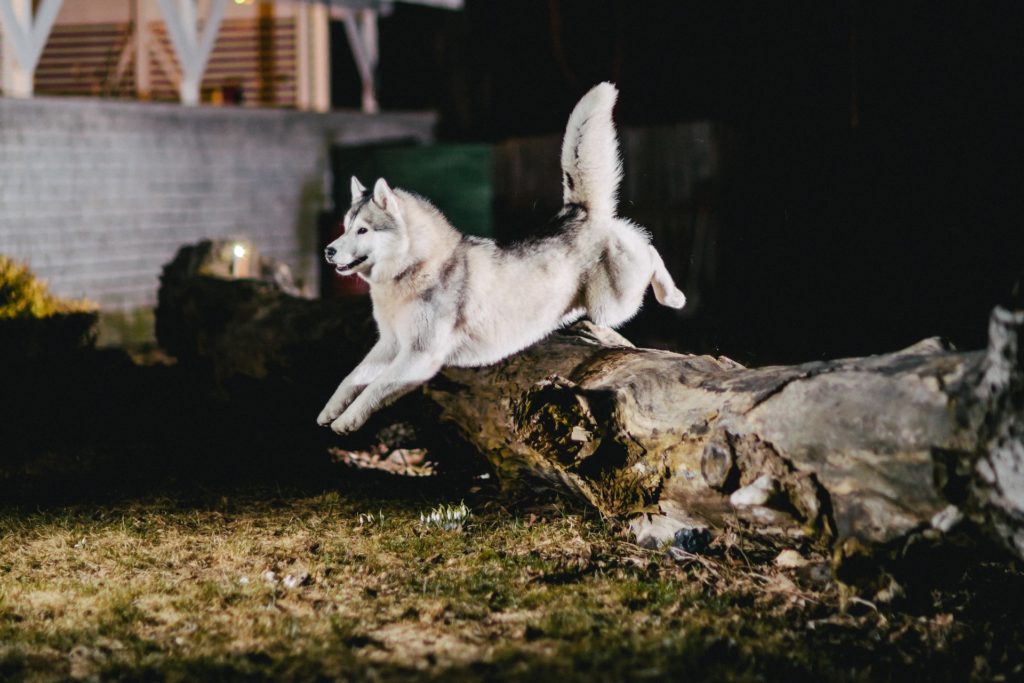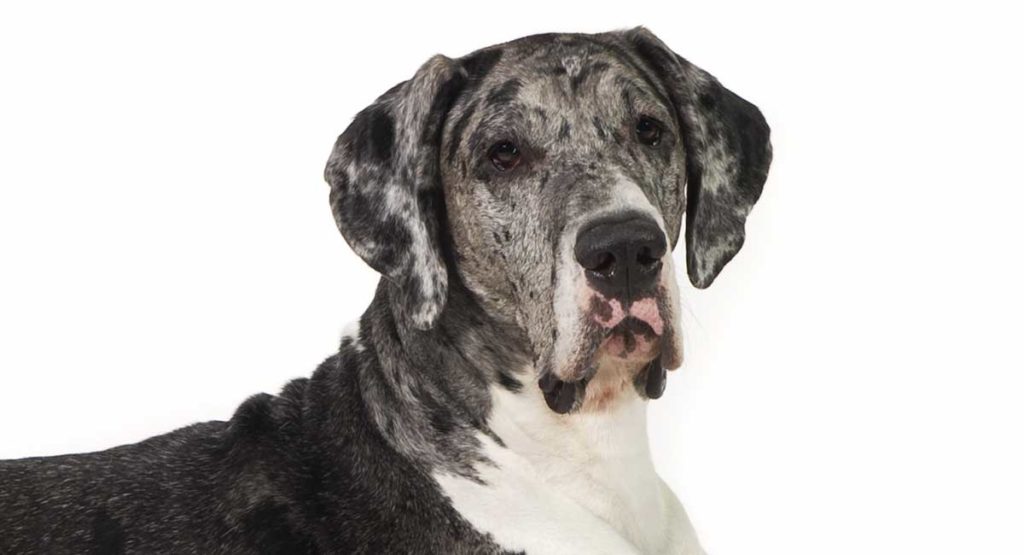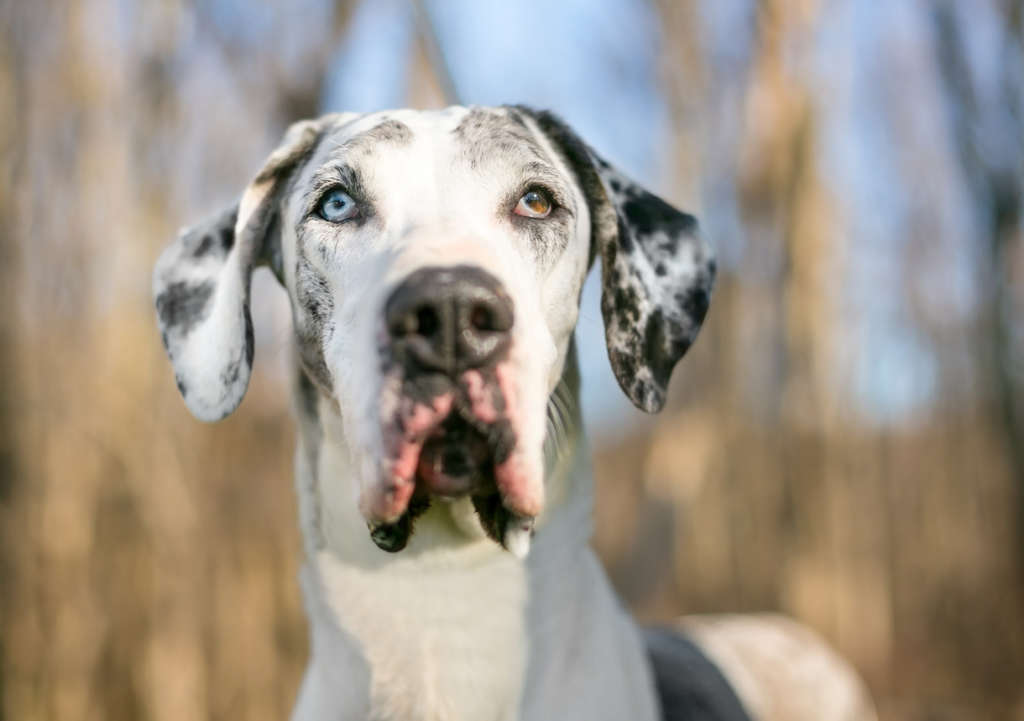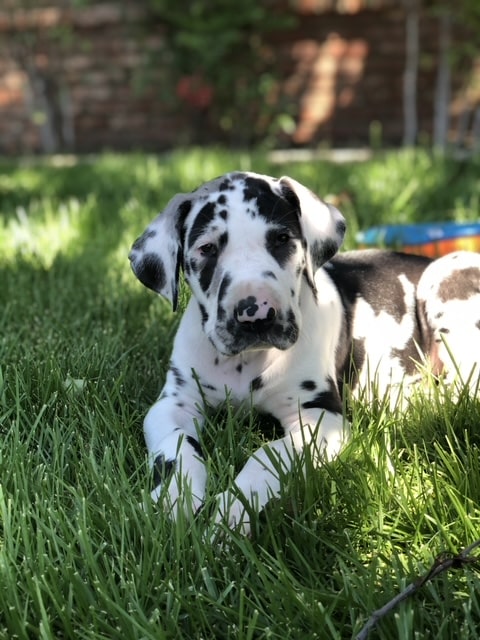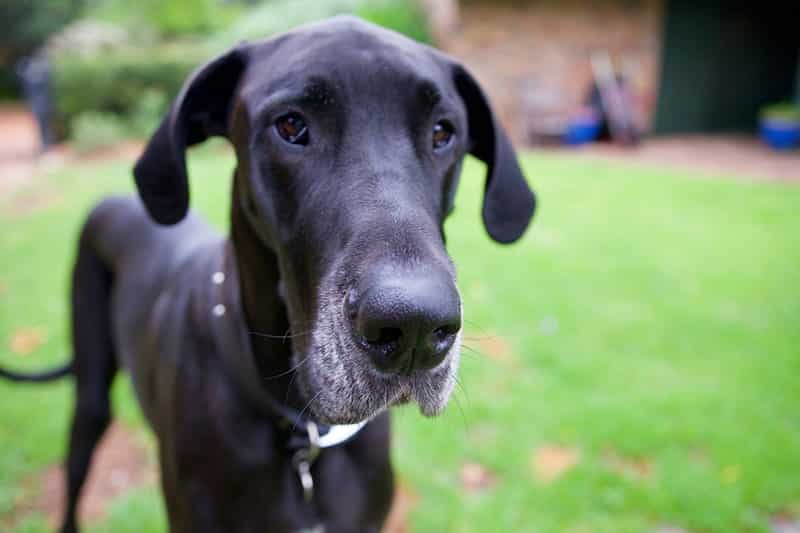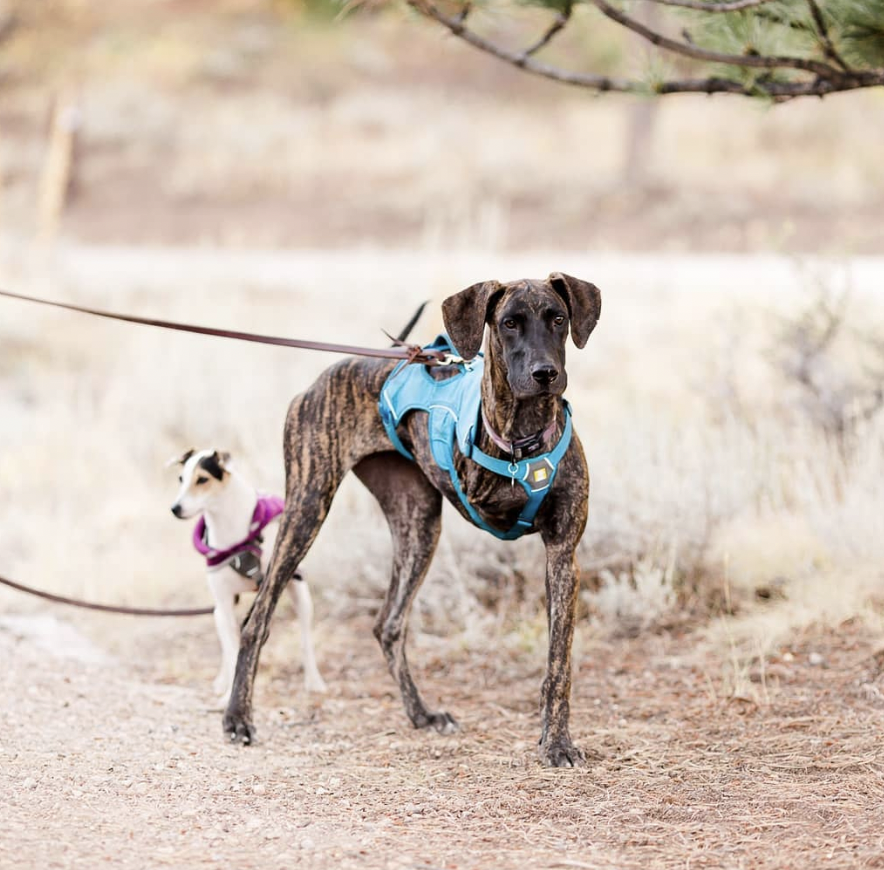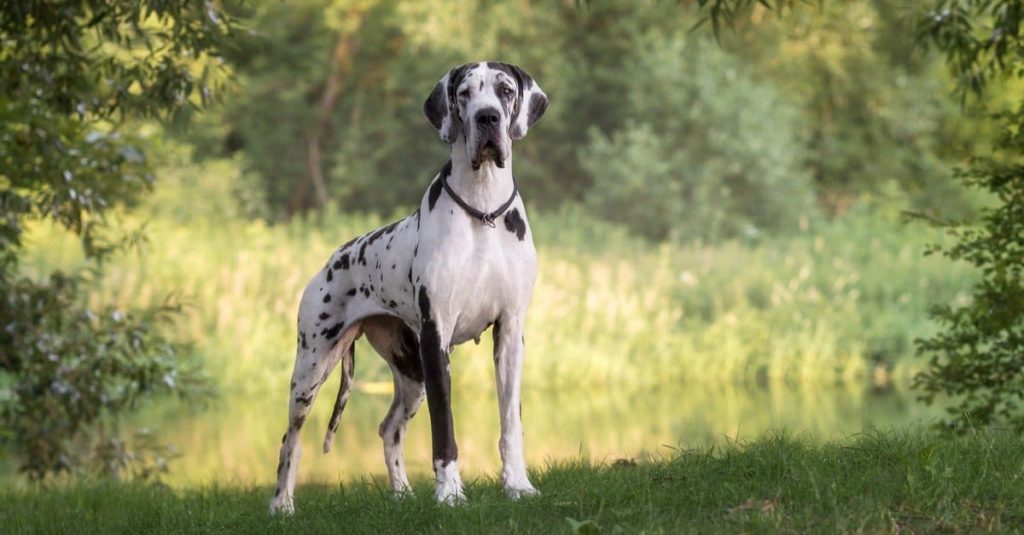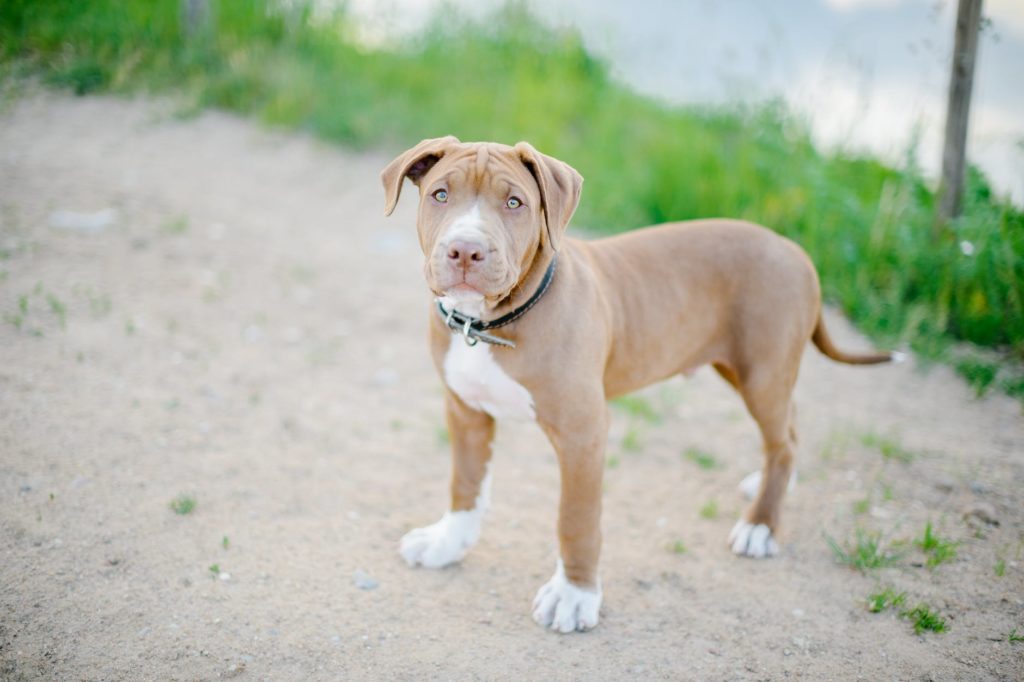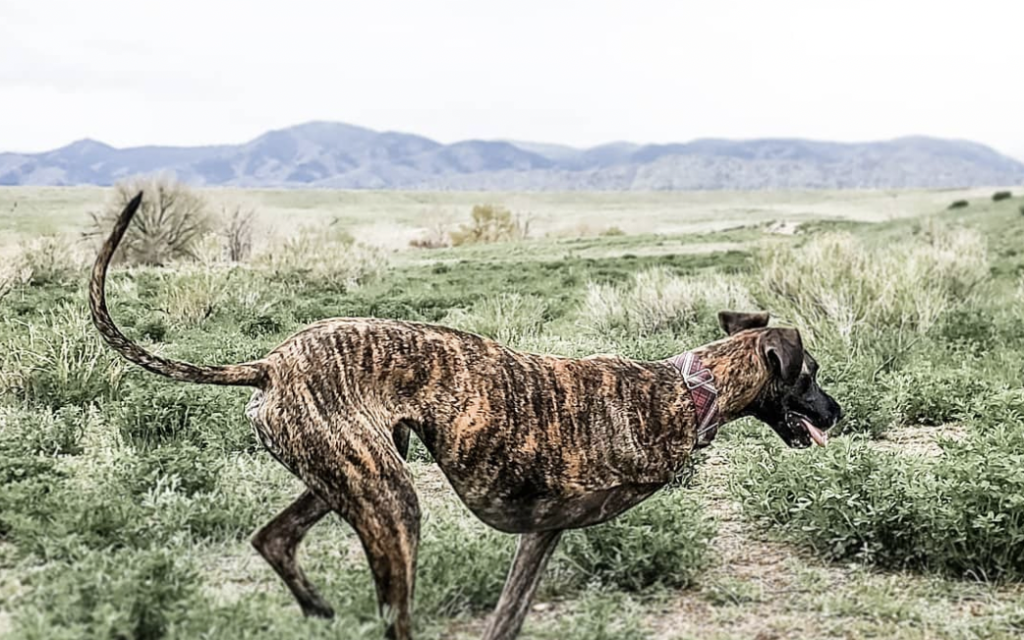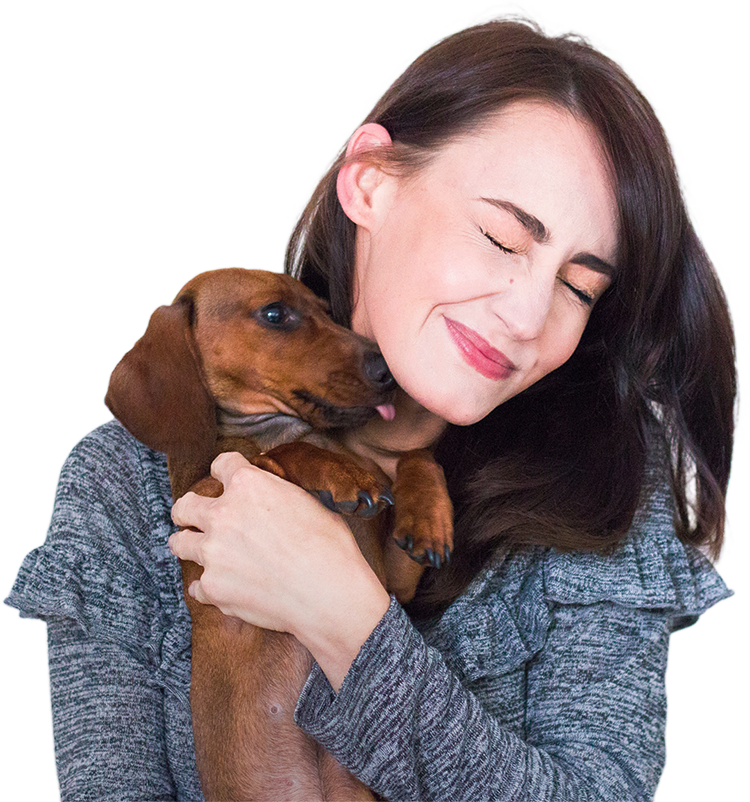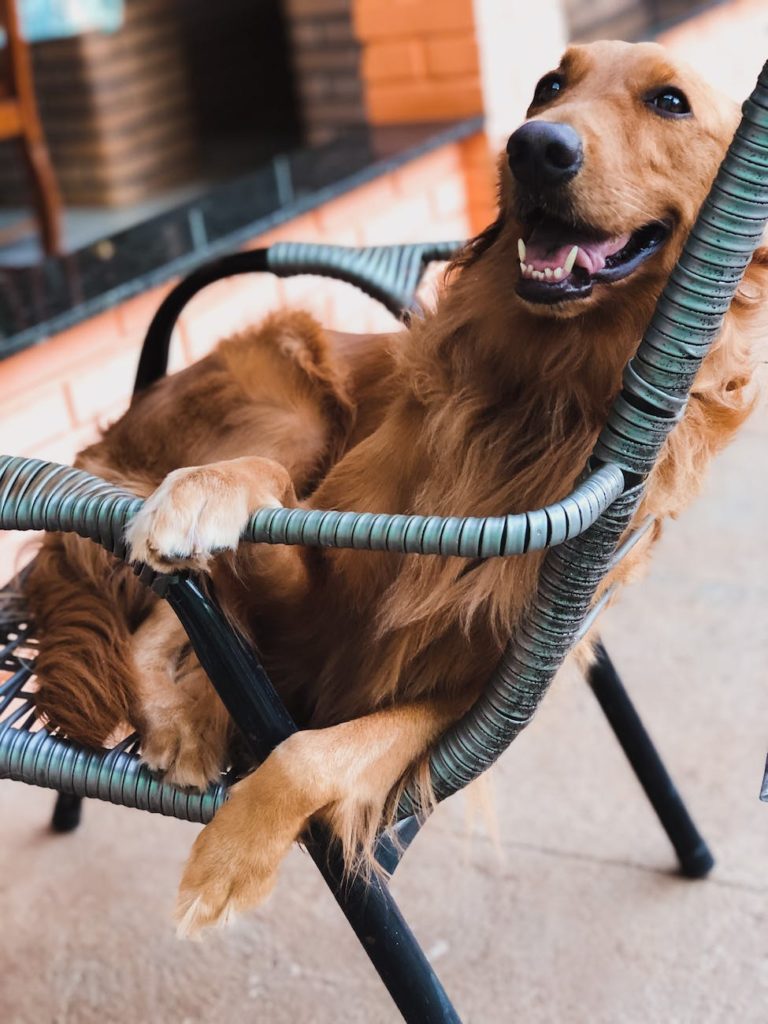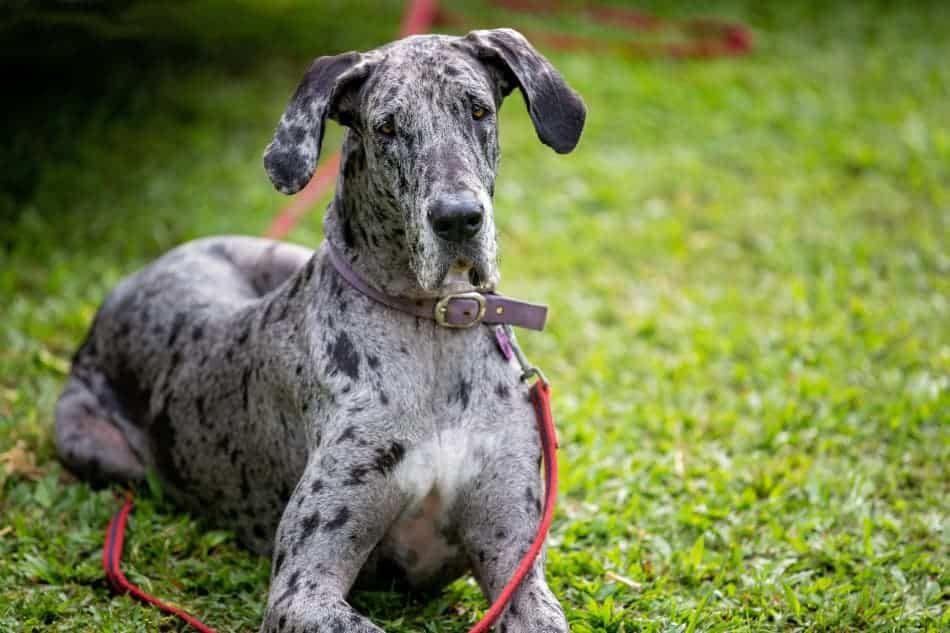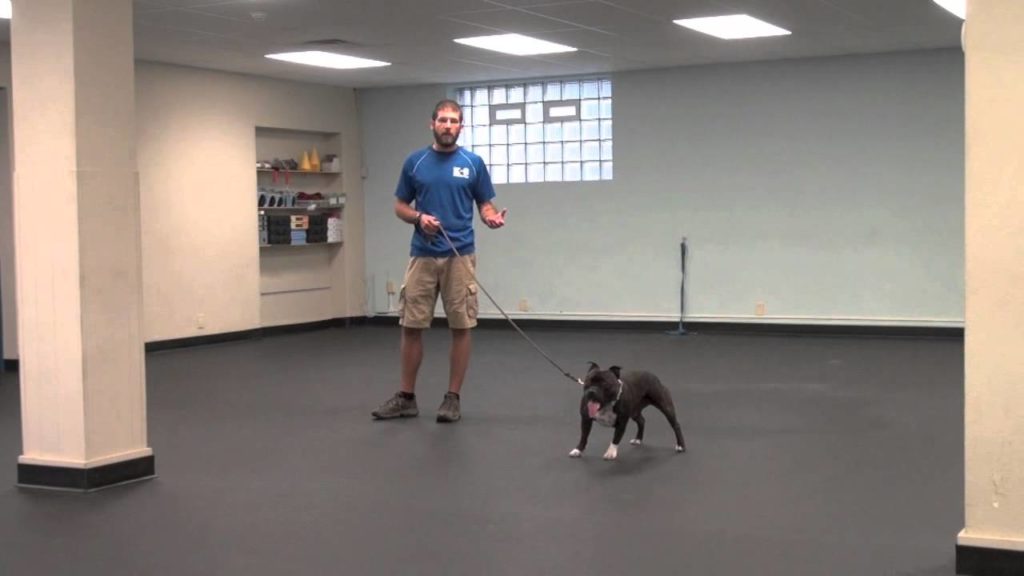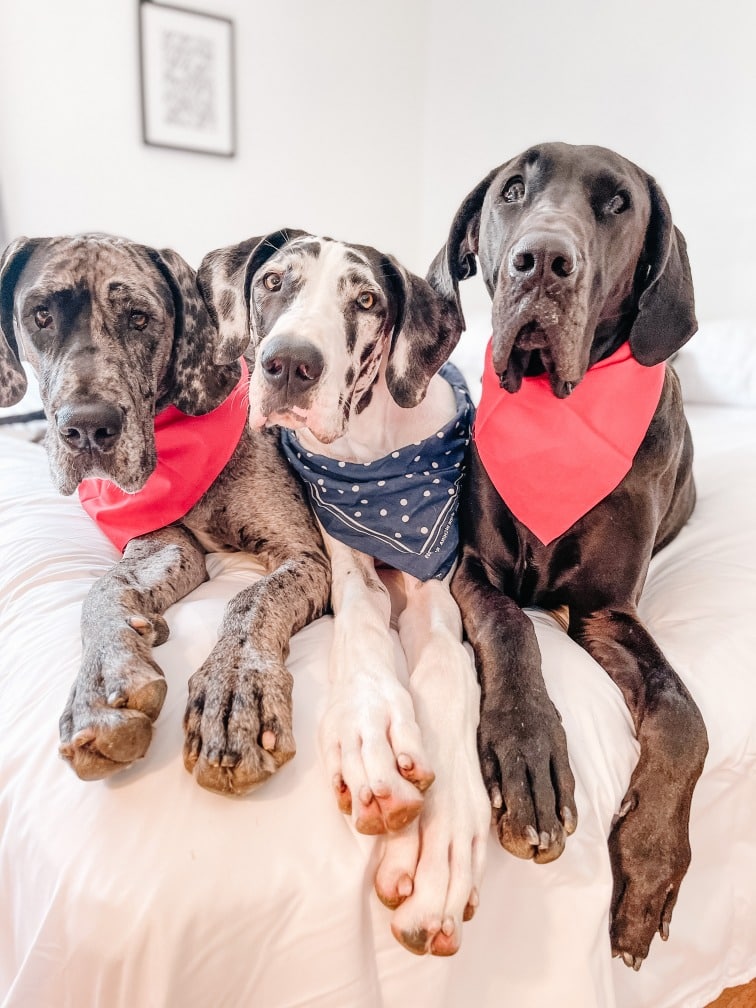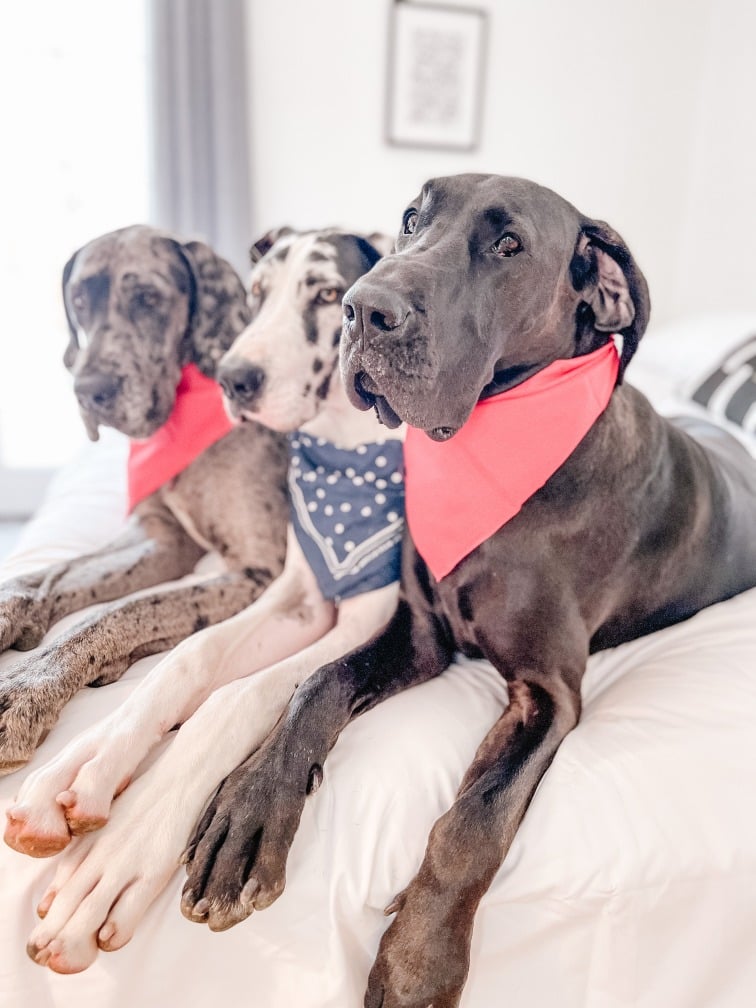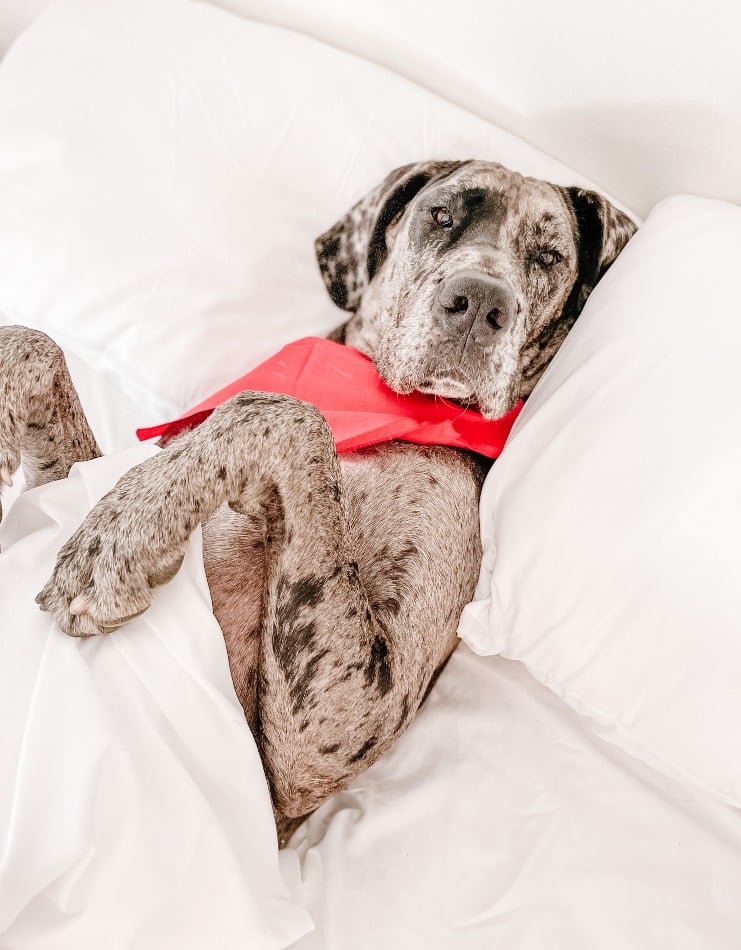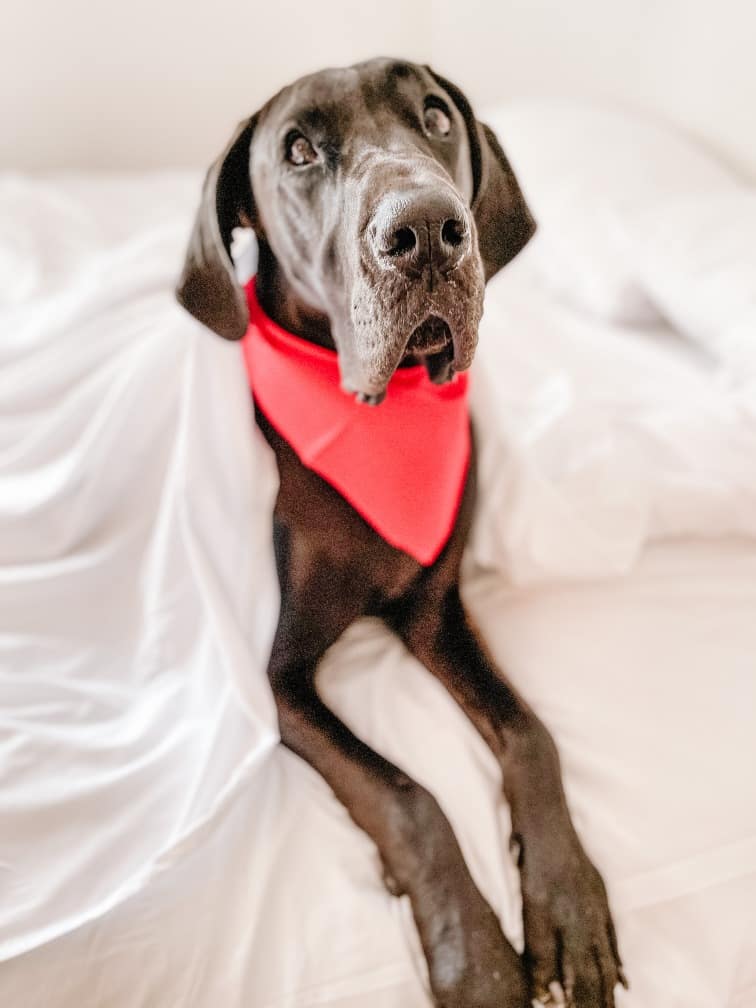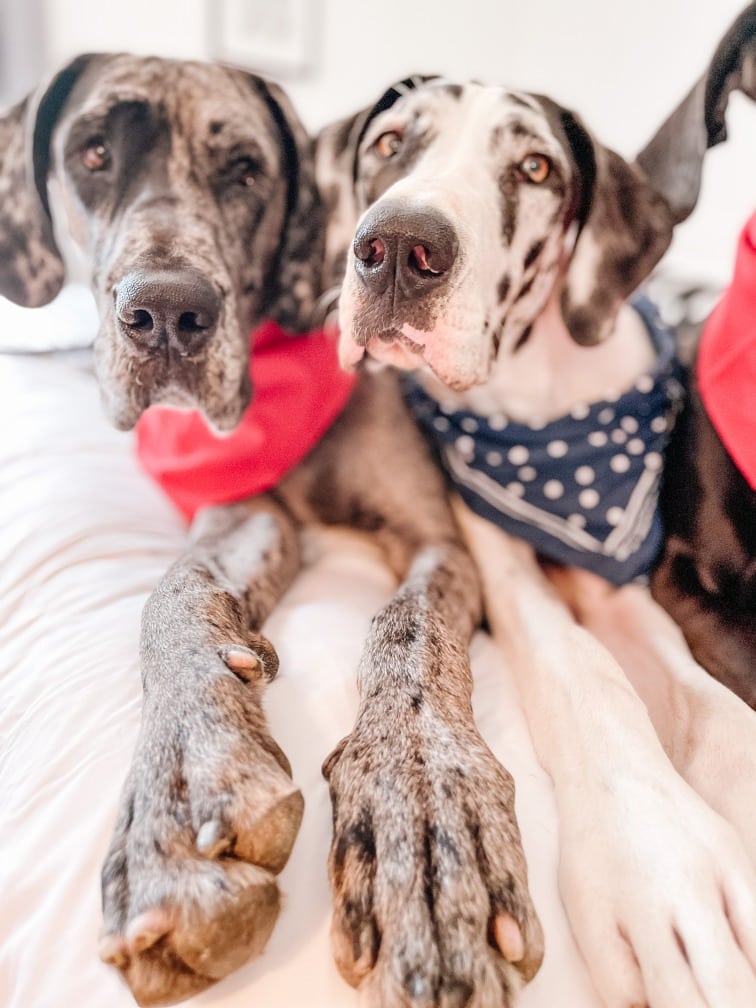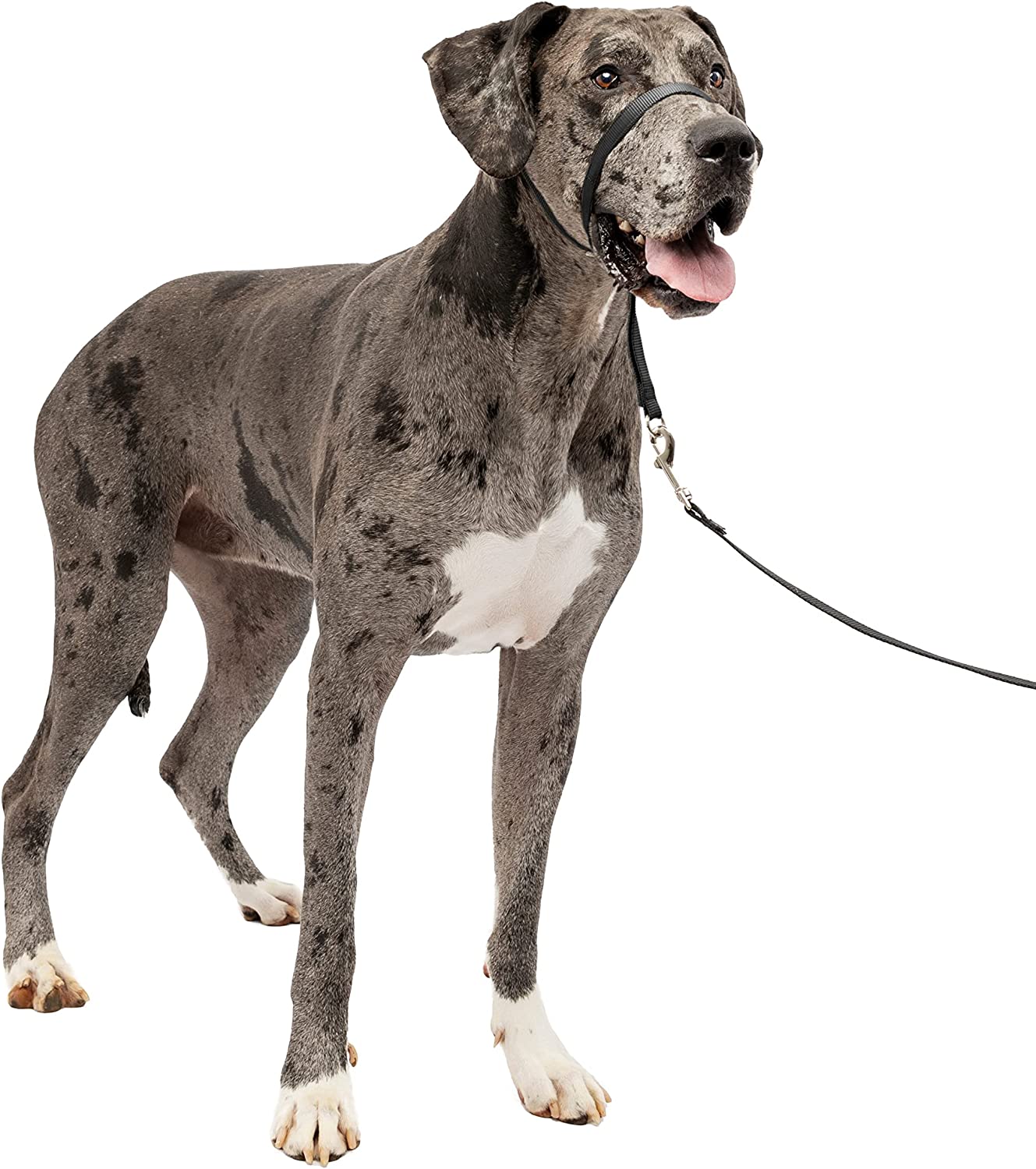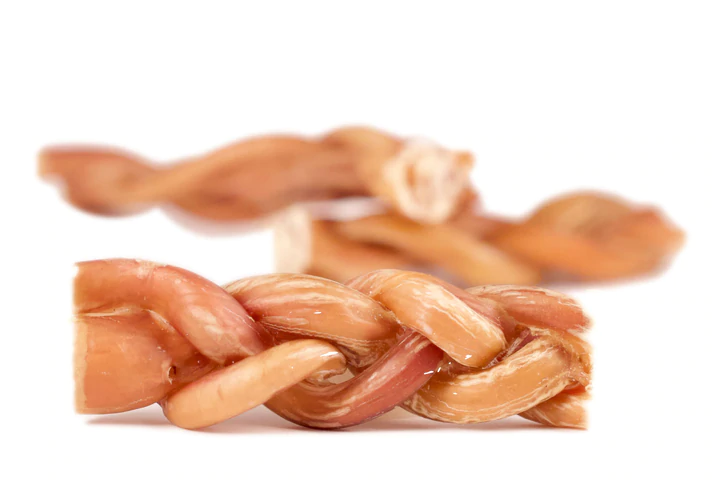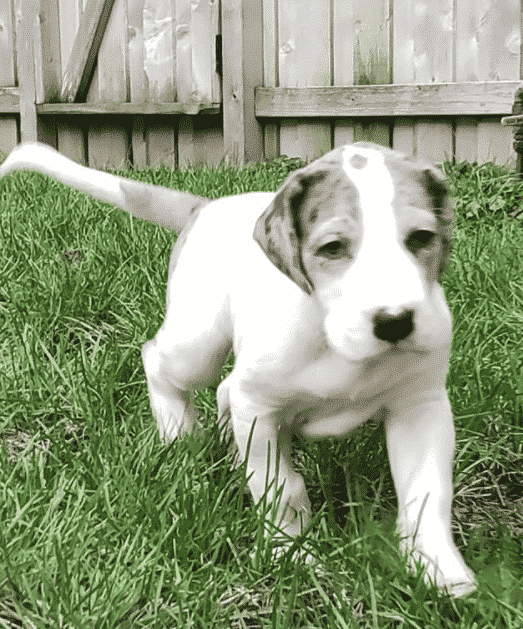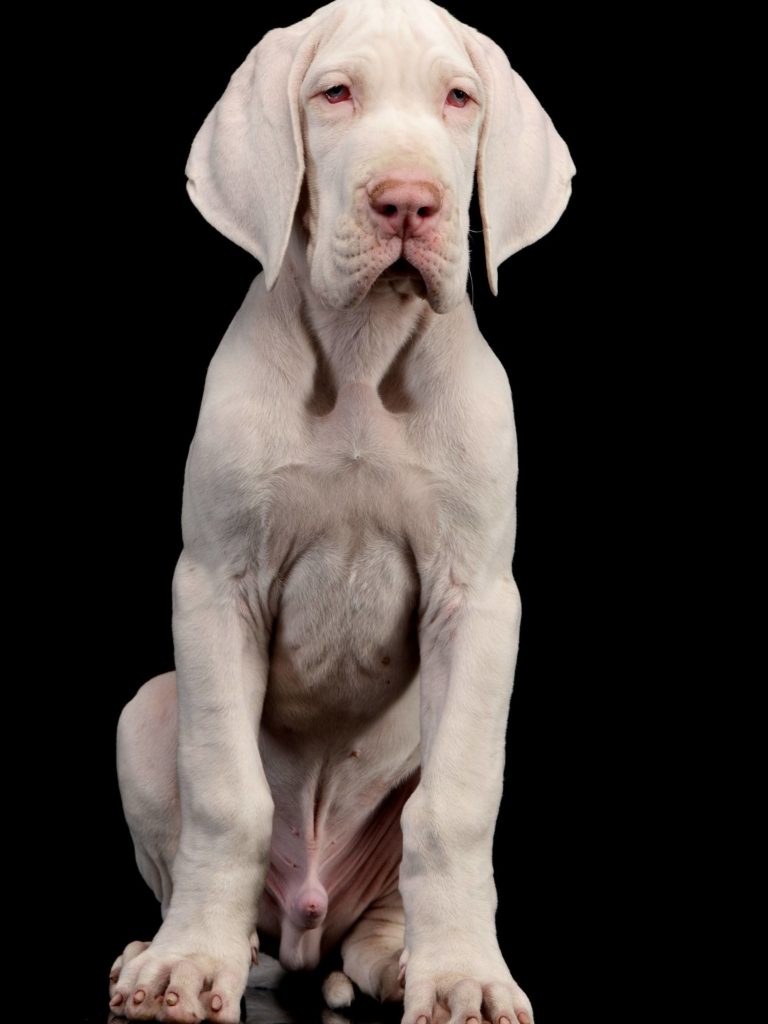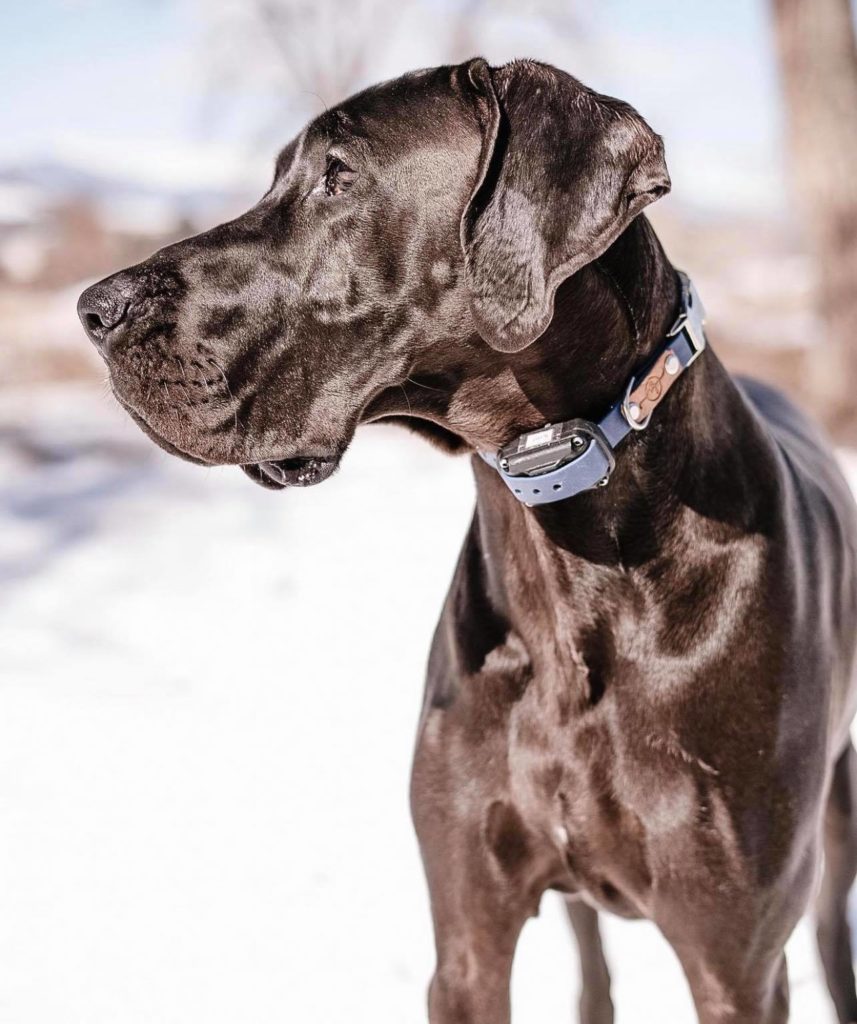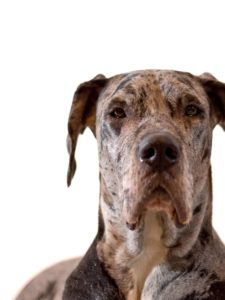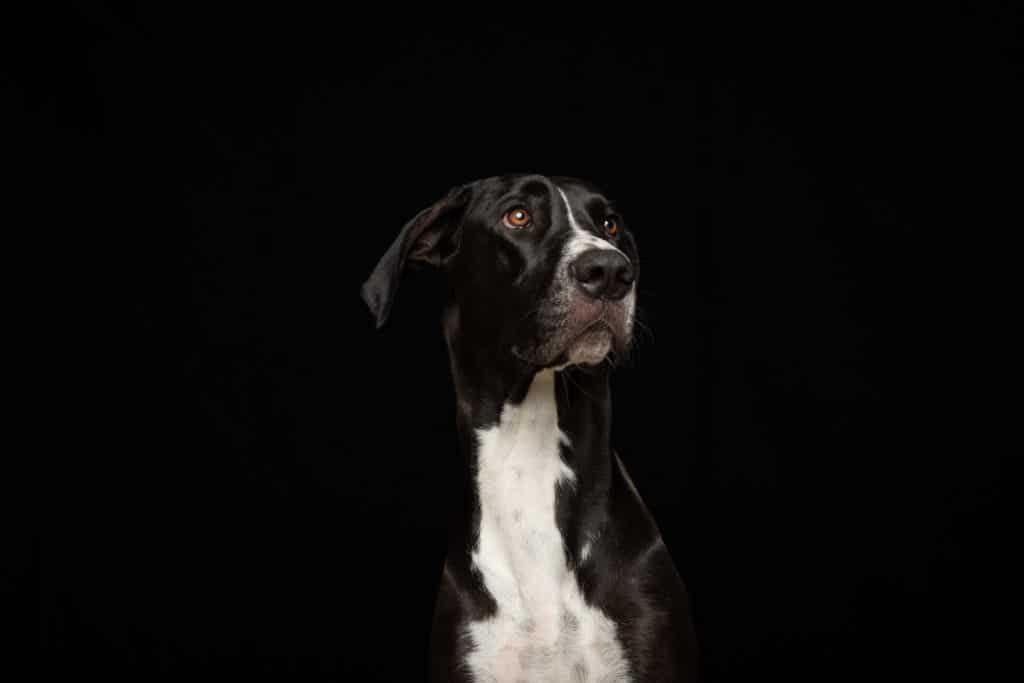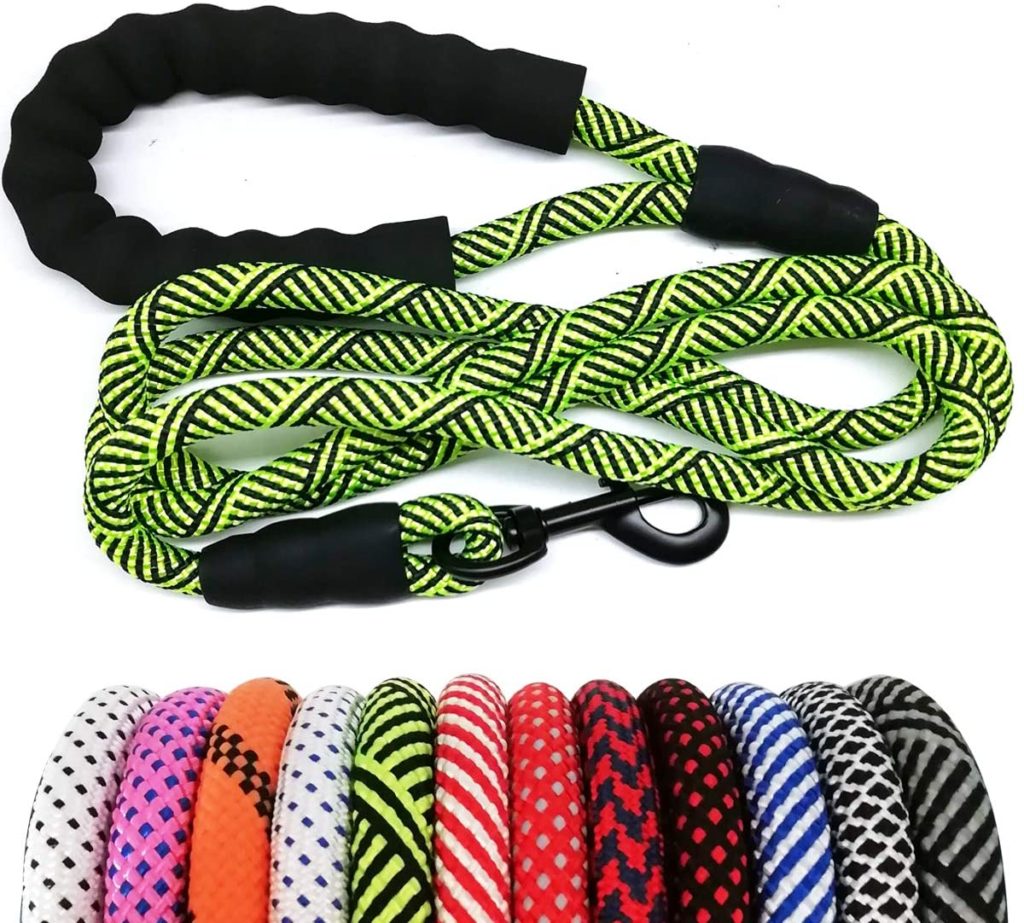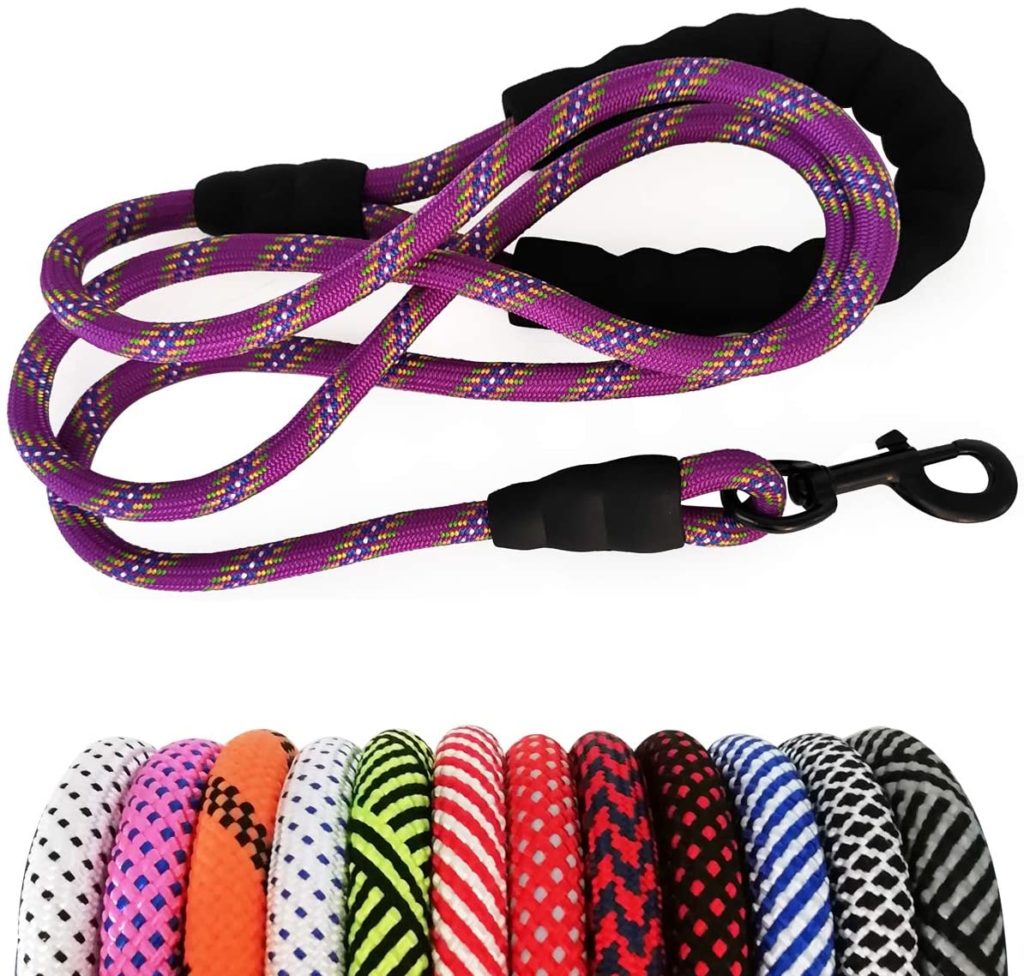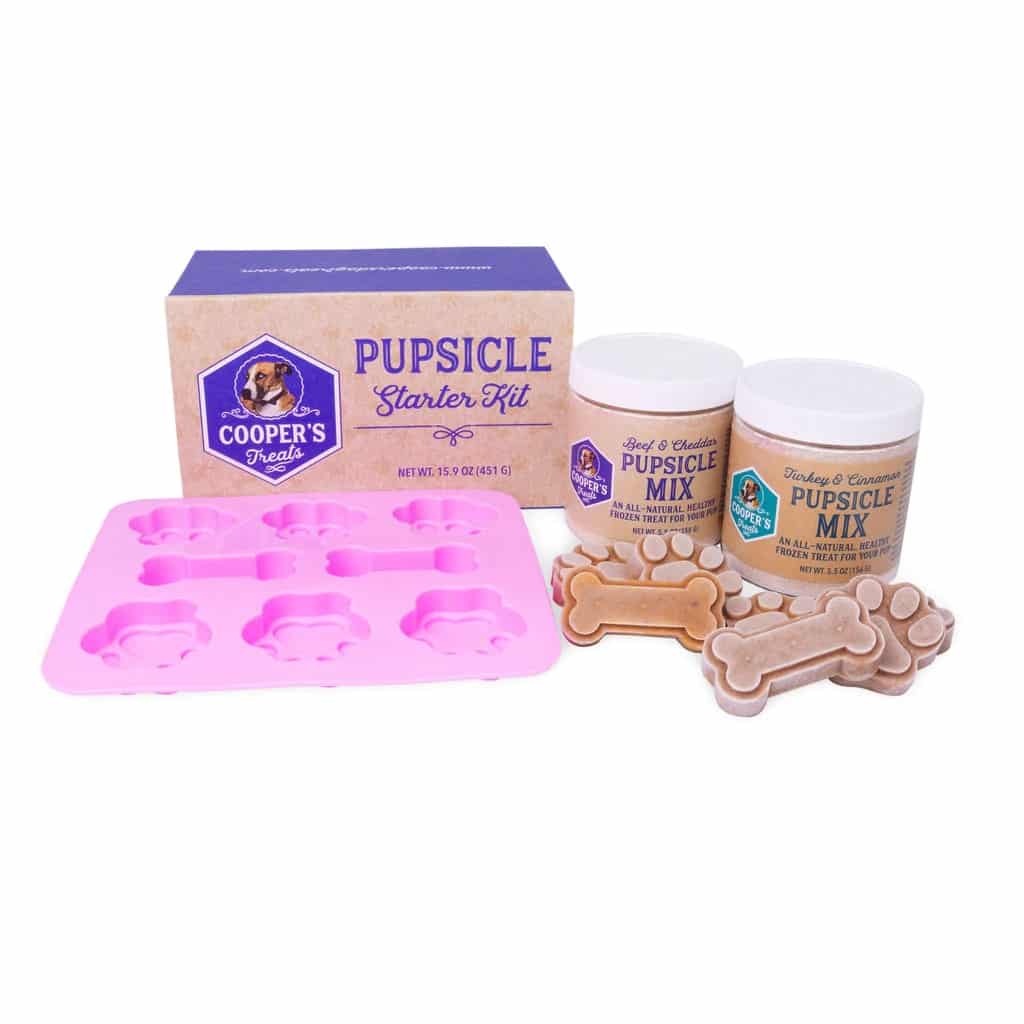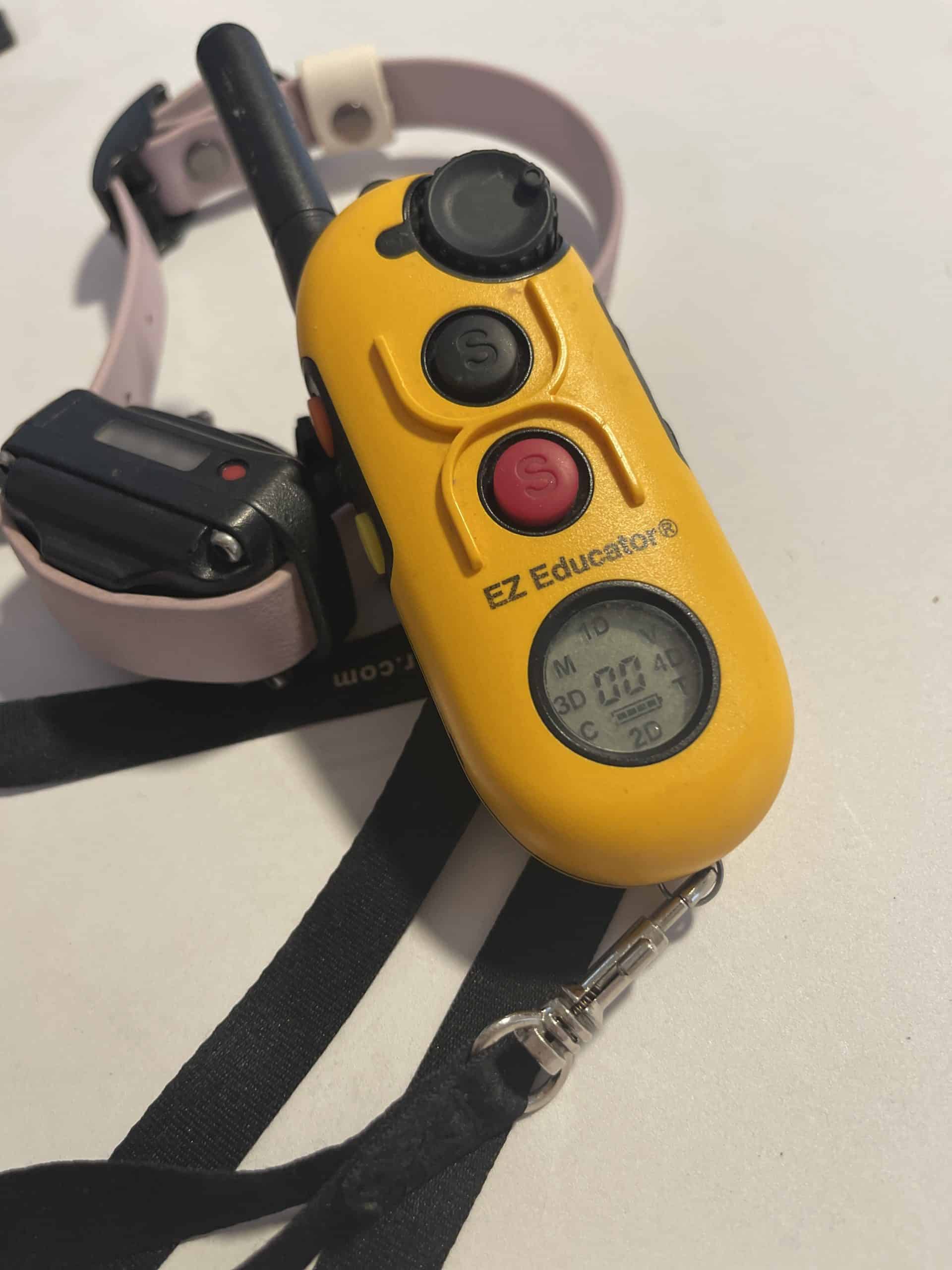Dog tail in between legs: dog tails tell the story of how they feel. If your dog’s tail is in between their legs, this usually means they are feeling scared or submissive.
Sometimes, a dog will also tuck their tail if they are in pain. If you see your dog with their tail in between their legs, take note of their body language and try to comfort them if possible.
One of the most common ways that dogs communicate is through their tails. When a dog’s tail is held low and between their legs, it usually means they are feeling scared or submissive. This is often seen when a new dog meets another dog for the first time, or when they are being scolded by their owner.
How to Raise a Confident Dog: 7 Tips for Building Your Puppy’s Self-Esteem
So, how can you determine what canine body language means what and whether your dog’s tail is something to be alarmed at?
DOG TAIL IN BETWEEN LEGS: RED FLAG OR NOT A BIG DEAL?
A dog with a tail between their legs is usually a sign for something. But, what is it a sign for?
That is the biggest question for dog owners.
A dog’s tail position is one of the biggest giveaway’s to how they are feeling.
Traditionally, pet owners have always thought that if a dog is feeling happy, their tail will be high up in the air and wagging back and forth. If they are feeling scared or submissive, their tail will be low to the ground and between their legs.
However, pet experts have researched tail behavior in many different dog breeds and allowed us to learn more about our canine companion in relation to the ‘tale’ that the dog tail tells.
WHAT DOES A DOG TUCKING ITS TAIL BETWEEN THEIR LEGS USUALLY MEAN?
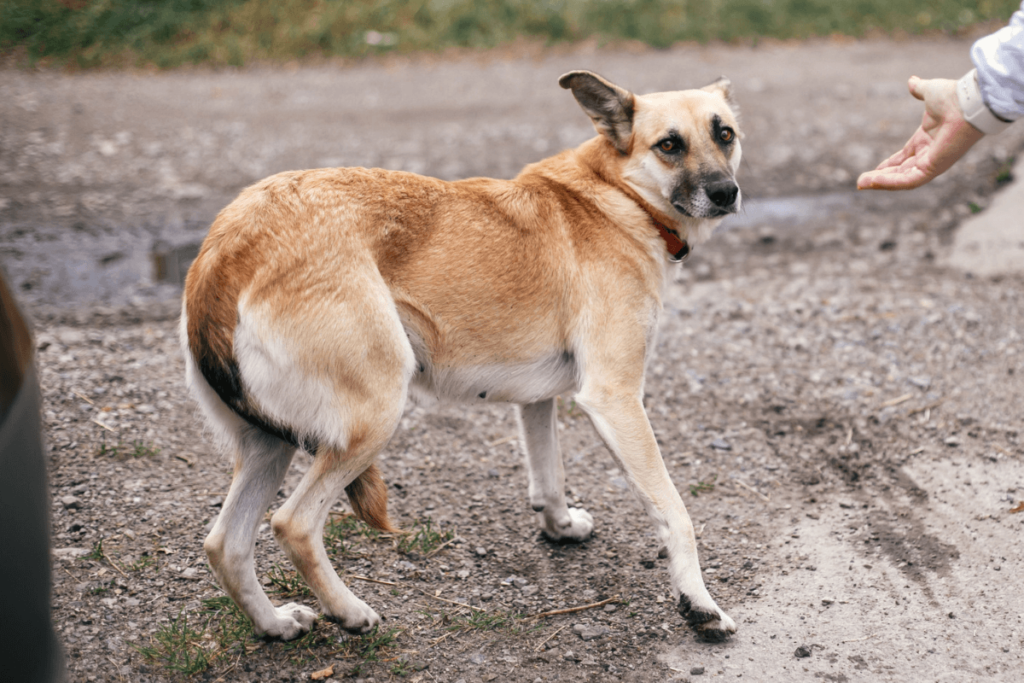
Typically, a dog’s tail position tucked between their legs, a lowered tail, or a tail tucked slightly below their body means that the dog is feeling insecure.
The dog might have been frightened by other dogs or experiencing an unfamiliar environment. The tail between their legs is a distinct body language from your furry friend that the dog is showing submission, fear, anxiety, or feeling uncomfortable.
As a dog owner, if you see your dog with their tail between their legs, have a look at the environment around you and see if you can determine what it might be to cause your dog’s tail to tuck under their hind legs. You might be surprised at how tail positions can help you understand your dog better.
HOW CAN WE GET TO KNOW OUR DOG BETTER BY UNDERSTANDING THEIR TAILS?
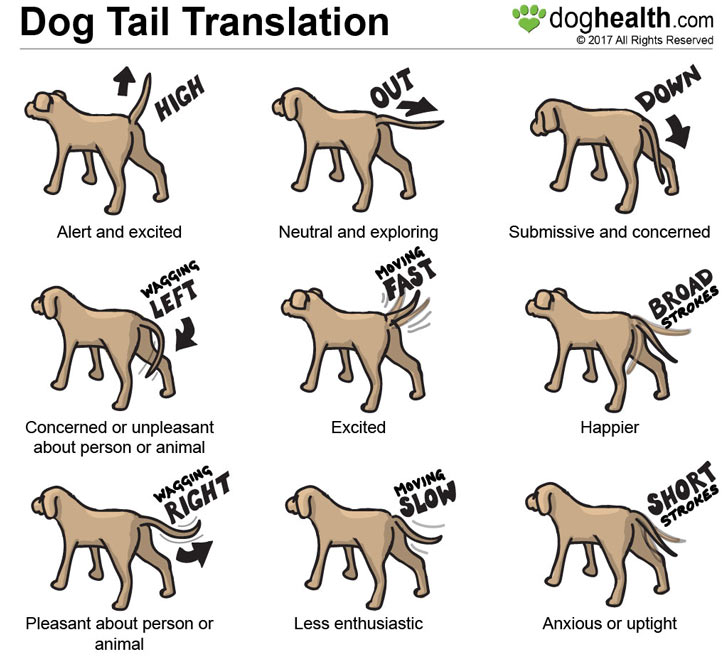
The many dog tail positions have a lot to speak to dog owners about.
A dog’s tail tells it’s owner whether it is feeling ashamed, whether it is enjoying it’s new environment, and can even be clues as to a dog’s behavior.
DOG BODY LANGUAGE AND TAILS
- A TUCKED TAIL: A dog’s tail tucked typically is a classic example of dogs who are showing fear, submission, or a general discomfort.
- A WAGGING TAIL: A wagging tail does not always mean a happy dog. In fact, a dog could be wagging its tail because it is feeling threatened or even aggressive. If you see a dog with its tail high in the air and stiff, this is usually a sign that the dog is feeling dominant or aggressive.
- A TALL BUT NOT STIFF TAIL: A dog tail that is held slightly upward but not stiff or outward might be representing a dog who is feeling confident and alert.
- A HAPPY AND LOW TAIL WAG: A dog wagging its tail low to the ground and in a relaxed manner is usually a good sign that the dog is feeling content and happy.
- A SUDDEN TAIL TUCKED: A dog that suddenly tucks its tail can be a sign that they are about to do something mis
- A LIMBER TAIL: A tail that is hanging limply or appear to be broken can be a sign of pain or injury in your furry friend If you see your dog with a limp tail, it’s best to take them to the vet right away as Limber Tail Syndrome can be very painful.
Dogs communicate a lot through their tails, and as a pet owner, it’s important to be able to understand what your dog is trying to communicate with their dog wags and tail tucks.
DIFFERENT DOG BREEDS AND DOG TAIL POSITION

Not all dog breeds will have the same ‘rules’ of dog tail communication.
For example, there is a big difference in tails between a dog bred for hunting, like a Labrador Retriever, and a dog bred for herding, like an Australian Cattle Dog.
Dogs that were bred for hunting typically have tails that are used as a rudder when swimming and help them to change directions quickly when running after prey. This is why many hunting dogs have tails that are long, strong, and thick.
On the other hand, dogs that were bred for herding typically have tails that are shorter so that they do not get in the way when running and working. Additionally, herding dogs often have docked tails, which is when the tail is shortened surgically, in order to avoid injury while working.
Other dogs, like terrier breeds, were bred to work underground in dens and burrows. For these dogs, having a long tail would be more of a hindrance than a help. This is why many terrier breeds have naturally short tails or docked tails.
French Bulldogs will have a tail that is naturally short due to their genetics, while a Poodle’s tail will be curly due to years of breeding.
Knowing the difference in dog tails can help you understand why your dog wags their tail the way they do and can also be helpful in deciphering what your dog is trying to communicate.
Now that we’ve gone over some of the basics of dog tail communication, let’s take a look at some of the different tail positions and what they might mean.
A DOG TAIL POSITION QUIZ
1. My dog’s tail is:
a. Wagging back and forth rapidly
b. Tucked under their hind legs
c. Stiff and held up high in the air
d. Hanging limply
2. My dog’s tail position means:
a. They are feeling happy and content
b. They are feeling threatened or aggressive
c. They are feeling dominant or confident
d. They are in pain or injured
- If your dog’s tail is wagging back and forth rapidly, this usually means they are happy and content.
- If your dog’s tail is tucked under their hind legs, this usually means they are feeling threatened or aggressive.
- If your dog’s tail is stiff and held up high in the air, it usually means they are feeling dominant or confident.
- If your dog’s tail is hanging limply, this might be a sign that they are in pain or injured and you should take them to the vet right away.
WHAT TO DO IF YOUR DOG HAS IT’S TAIL TUCKED AROUND OTHER DOGS
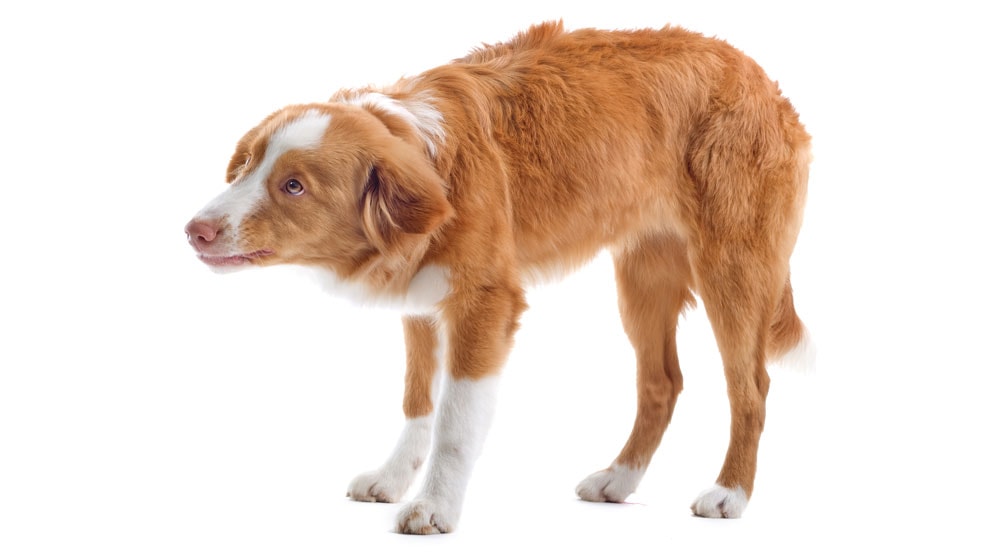
If you notice your dog has his or her tail tucked around other dogs, it could or could not be a problem.
Do you think that your dog is afraid? Do you think your dog is experiencing anxiety? If you think so, then you might want to make some changes so that your dog feels confident around its canine friends.
If you don’t think that your dog is afraid or anxious, then it’s possible that they are just being polite. In the canine world, it’s considered rude to go nose-to-nose with another dog, so they may be showing a tail slightly tucked as a behavior when they are around many dogs or in a new environment as a way of keeping bad behavior at bay.
It is not inherently a bad behavior for dogs to have tails between their legs, so keep that in mind when determining whether their tail is implicative of something that you might need to make changes to.
MY DOG HAS THEIR TAIL TUCKED BETWEEN THEIR LEGS WHEN NEW PEOPLE COME OVER
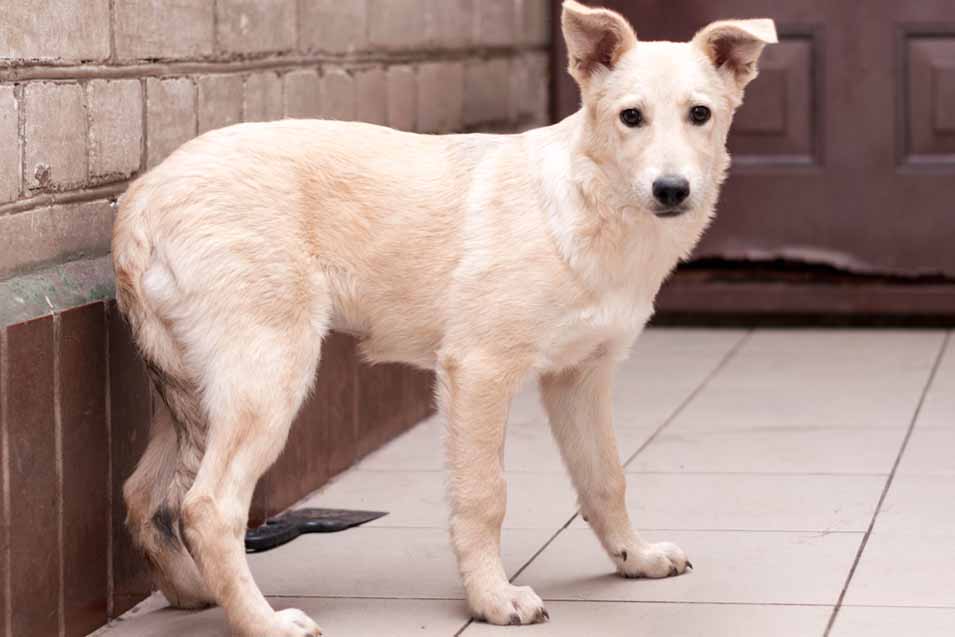
If your dog tucks their tail between their legs when they have house guests, the odds are they might be showing behavior that is signaling some fear of new people.
Look for different signs of anxiety to determine if your dog has social anxiety when others come over such as cowering, hiding, or pacing. If your dog is displaying any of these behaviors in addition to tail tucking, then it’s likely that they are feeling overwhelmed and might benefit from some behavior modification training to help them feel more comfortable around visitors.
If your dog only has their tail slightly tucked when new people come over and they are not displaying any other signs of anxiety, then it is likely that they are just being polite and no action needs to be taken.
In either case, if you are concerned about your dog’s behavior around new people, it never hurts to consult with a professional dog trainer or veterinarian to get their opinion and help you create a plan to make your furry friend feel more comfortable.
FINAL THOUGHTS
Now that you know a little bit more about dog tails and their positions, you can start to decipher what your dog is trying to tell you.
Remember, every dog is different and will communicate differently, so it’s important to get to know your furry friend and what their unique tail wags mean. With a little time and patience, you’ll be reading your dog’s tail like a pro in no time!
READ MORE:
Signs of Stress in Dogs: How to Help An Anxious Dog
What is Whale Eye and What Does It Mean When a Dog Exhibits Whale Eye?
10 STRESS SIGNALS IN DOGS: YOUR DOG IS BEGGING YOU TO LISTEN
Dogs Ears Back: What It Means and What to Do
Leash Aggression: How Dog Owners Can Prevent and Stop Dog Aggression on Leash
Dogs Scared of Vet? Here’s How to Help Them Overcome Their Fear
Puppy Fear Periods: What They Are, When to Expect Them, and How to Help Your Puppy
Fear Aggression in Dogs: The Scary Reality That 1 Bite Can Cause
